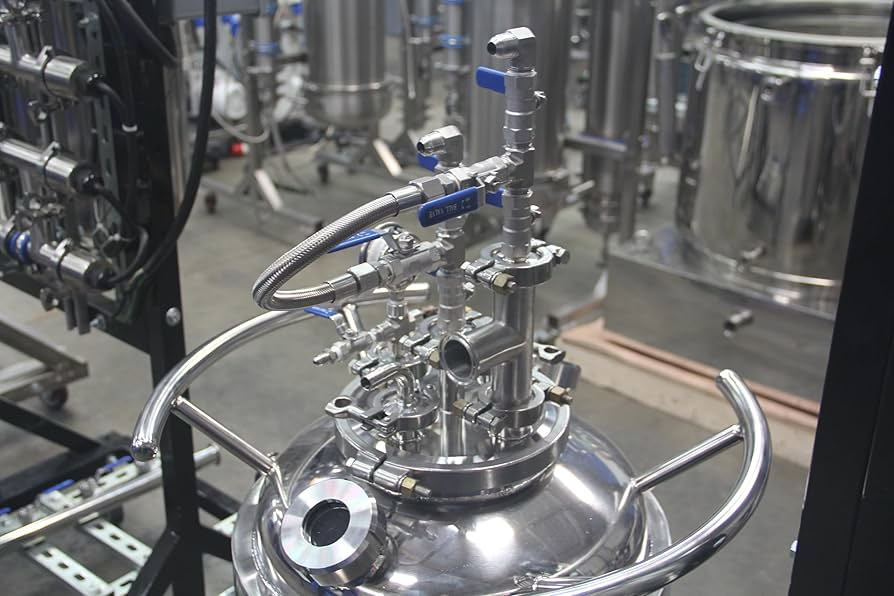Clamps Overview: Types, Applications, and Specific Sizes
Clamps are essential fastening devices widely used in industrial settings to securely hold and connect pipes, valves, flanges, and various pieces of equipment. Typically constructed from durable metals such as stainless steel or carbon steel, clamps are designed to withstand harsh operating conditions, including exposure to corrosive substances and high temperatures. Their corrosion resistance ensures long-term durability, while their ability to tolerate elevated temperatures makes them suitable for use in environments such as chemical processing plants, power generation facilities, and oil and gas industries.
The primary function of clamps is to provide a stable and leak-proof connection by applying uniform pressure around the joint. This is usually achieved by tightening bolts or nuts that compress the clamp around the components, effectively holding them together. The design of clamps allows for easy installation and removal, facilitating maintenance and repairs without the need for welding or complex assembly procedures.
By ensuring strong mechanical support and preventing unwanted movement or leaks, clamps play a vital role in maintaining the safety and integrity of piping systems and related equipment. Their versatility and reliability make them indispensable in industrial processes where secure connections are critical to operational efficiency and safety compliance.
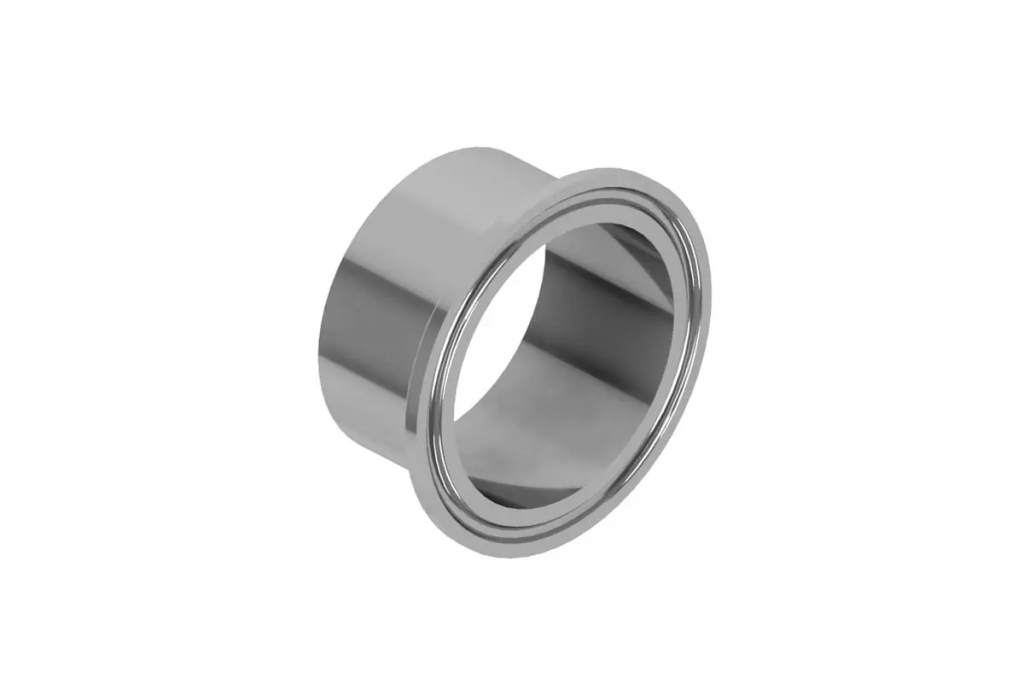
In level instrumentation, clamps are essential for maintaining the stability and sealing of instruments while simplifying the installation and maintenance processes. In applications involving sanitary instruments, the clamp connection method meets hygiene standards, facilitating cleaning and maintenance. Clamps are often made from corrosion-resistant materials like stainless steel, ensuring safety and hygiene. Thus, clamps play a crucial role in the design and installation of sanitary instruments.
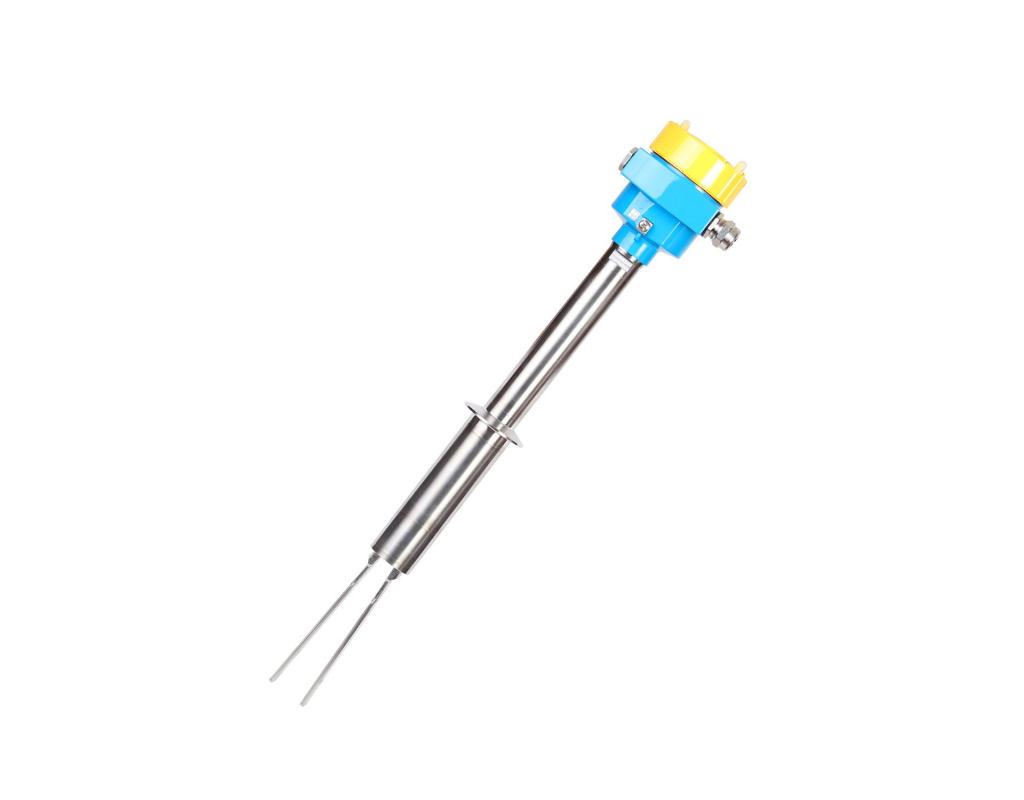
Below are common types of clamps, their characteristics, applications, and specific size information:
| Clamp Type | Description | Application Area | Specific Sizes |
|---|---|---|---|
| DIN 32676 | Sanitary clamps suitable for the food and pharma industry | Food, Pharmaceutical | DN25, DN32, DN40, DN50, DN65, DN80, DN100 |
| DIN 11851 | Suitable for the food and beverage industry with good sealing performance | Food, Beverage | DN25, DN40, DN50, DN80, DN100 |
| DIN 2826 | Suitable for high-temperature and high-pressure environments, commonly used in chemical industry | Chemical, Petroleum | DN25, DN32, DN50, DN80 |
| DIN 32665 | Used for large-diameter sanitary connections, common in food and pharma | Food, Pharmaceutical | DN100, DN150, DN200 |
| DIN 45731 | Heavy-duty clamps for high-pressure and high-temperature applications | Chemical, Heavy Industry | DN50, DN80, DN100, DN150 |
| DIN 3052 | Standard clamps for connecting hoses, commonly found in water treatment systems | Water Treatment, HVAC Systems | DN25, DN32, DN50 |
| ISO 2852 | Similar to DIN standards, suitable for high hygiene requirements | Food, Pharmaceutical | DN25, DN32, DN40, DN50, DN80 |
| Adjustable Clamps | Adjustable tightening force, suitable for various pipe diameters | Industrial Piping | Various sizes available |
| Heavy-Duty Clamps | Suitable for high-pressure or high-temperature environments, with thicker materials | Chemical, Petroleum | DN50, DN80, DN100 |
| Sanitary Clamps | Meet hygiene standards, typically made from seamless welding | Food, Pharmaceutical | DN25, DN50, DN80 |
| Plastic Clamps | Lightweight and corrosion-resistant, suitable for low-pressure environments | Water Treatment, Low-Pressure Piping | DN20, DN25, DN32 |
| Stainless Steel Clamps | High corrosion resistance, suitable for various industrial applications | Chemical, Pharmaceutical, Food | DN25, DN50, DN80, DN100 |
| Bolt Clamps | Fixed with bolts, suitable for heavy-duty pipe connections | Industrial Piping | DN50, DN80, DN100 |
| Hose Clamps | Used to clamp hoses securely, ensuring a solid connection | Water, Air Hoses | DN20, DN25, DN32 |
| Bellows Clamps | Designed specifically for bellows, ensuring tight connections | Drainage, Ventilation Systems | DN25, DN32, DN50 |
Choosing the Right Clamp
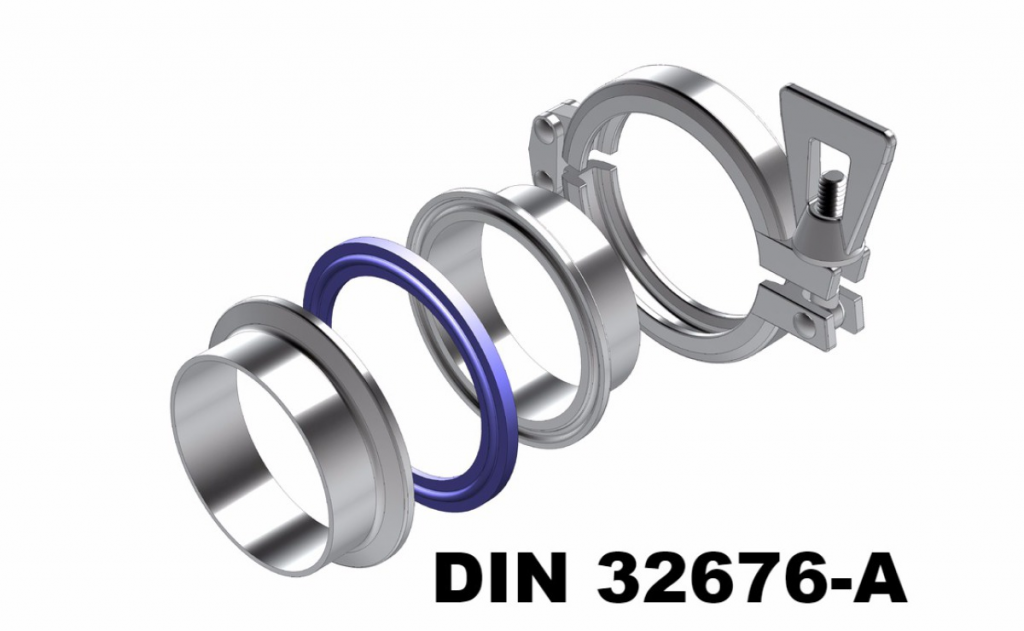
Determine Pipe Diameter: Choose the appropriate clamp size based on the actual diameter of the pipe.
Consider Material: Select suitable materials according to the working environment, such as stainless steel, plastic, or aluminum.
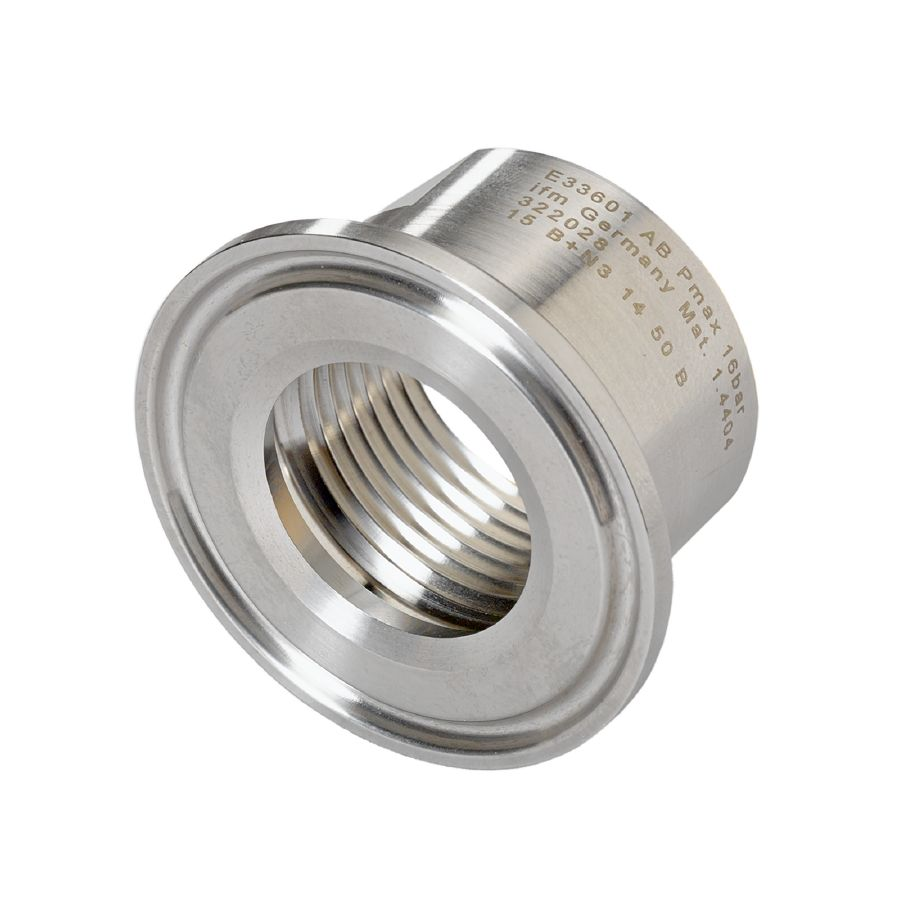
Pressure and Temperature: Ensure that the selected clamp can withstand the operating pressure and temperature within the pipe.
Hygiene Requirements: In food or pharmaceutical industries, choose clamps that meet relevant hygiene standards.
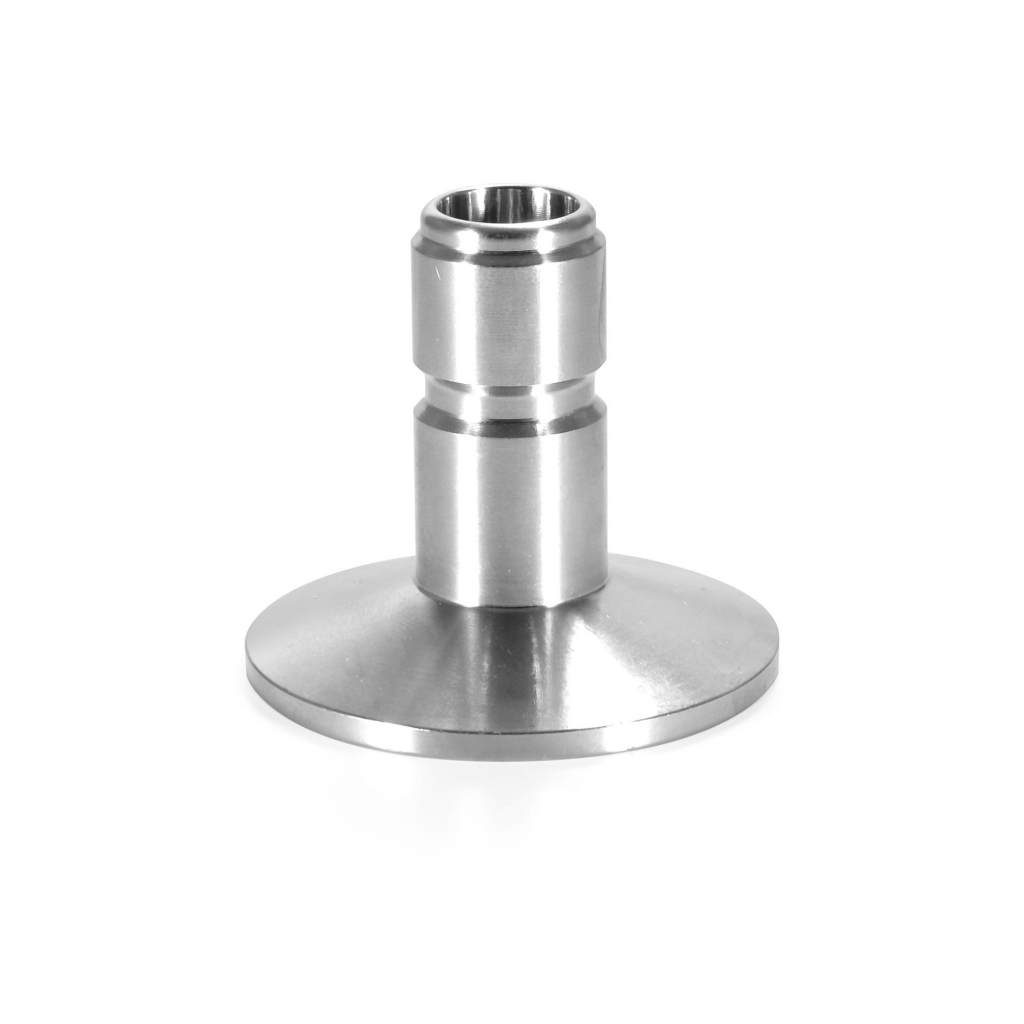
Conclusion
Clamps come in various types, each with specific applications and dimensions. Understanding the characteristics and applicable scenarios of different clamp types aids in making informed decisions during selection, enhancing the reliability and efficiency of piping systems. By choosing and utilizing clamps appropriately, the safety and efficient operation of systems can be ensured.

